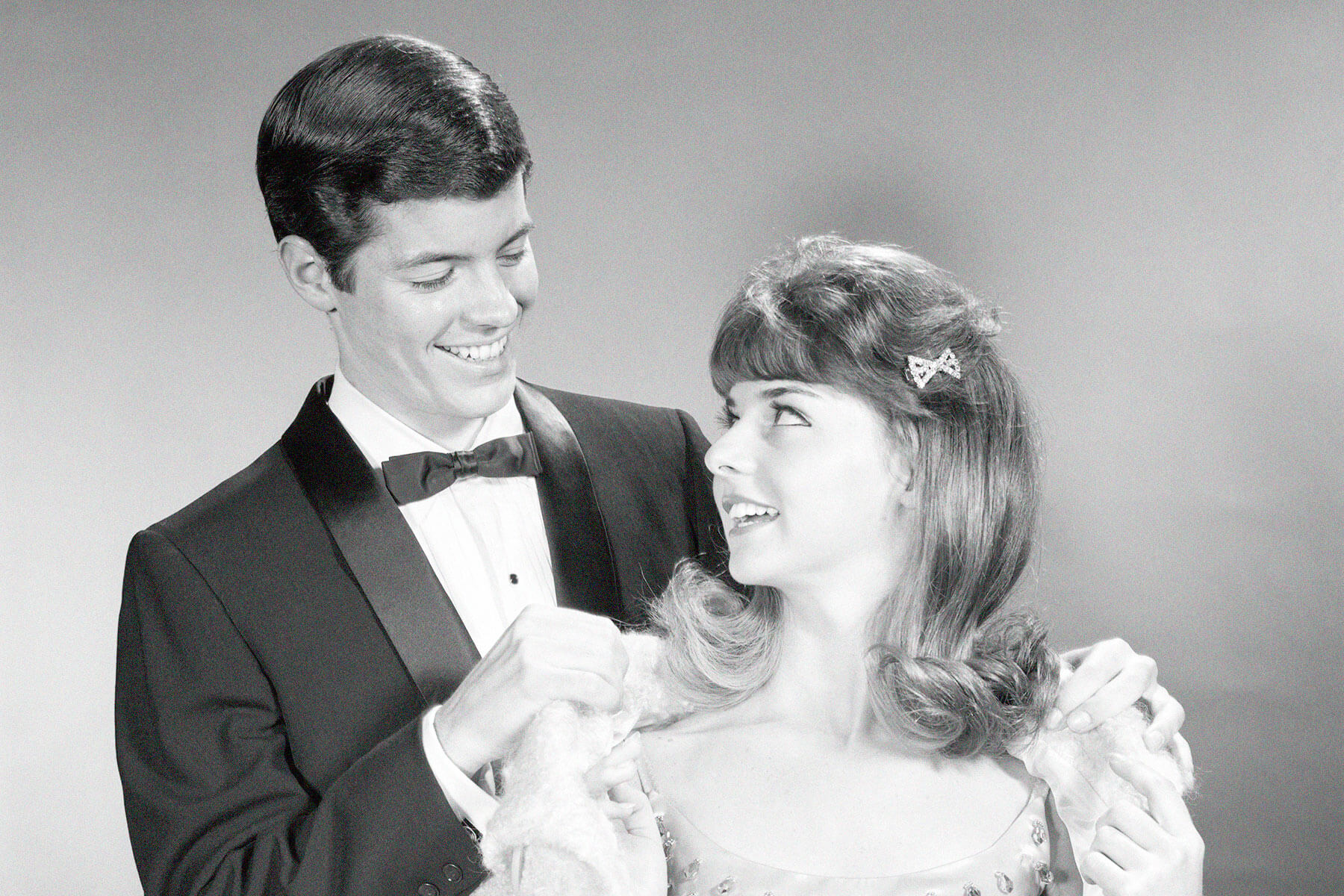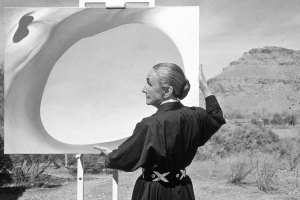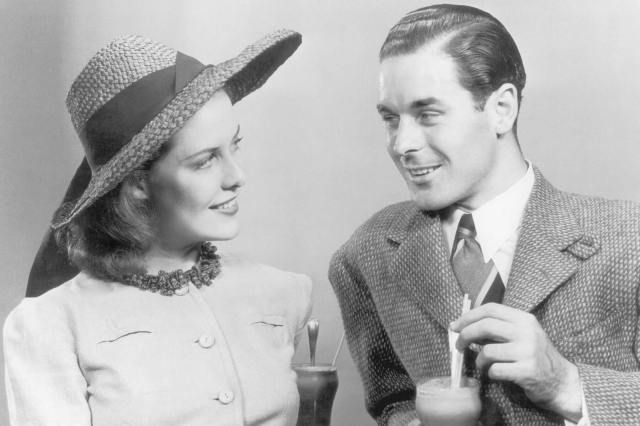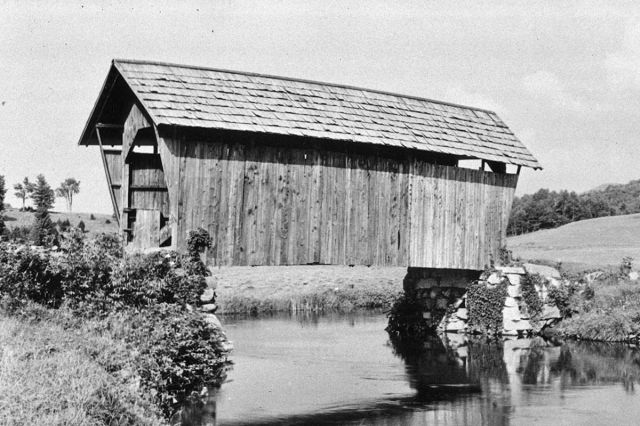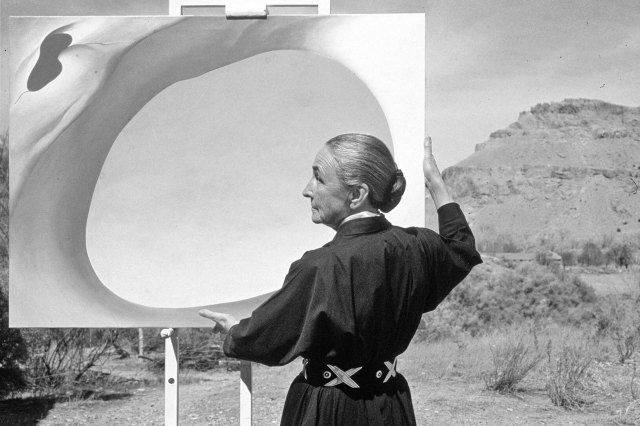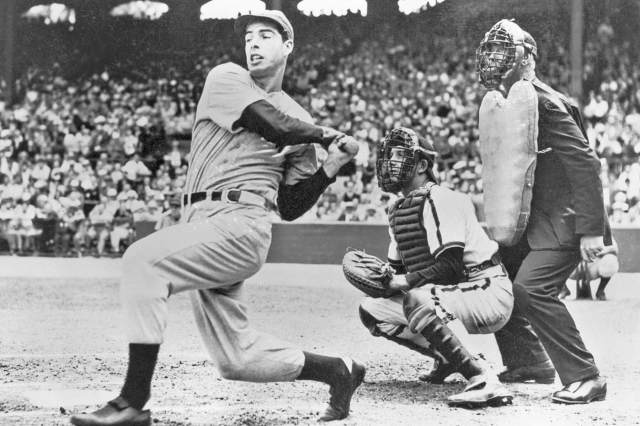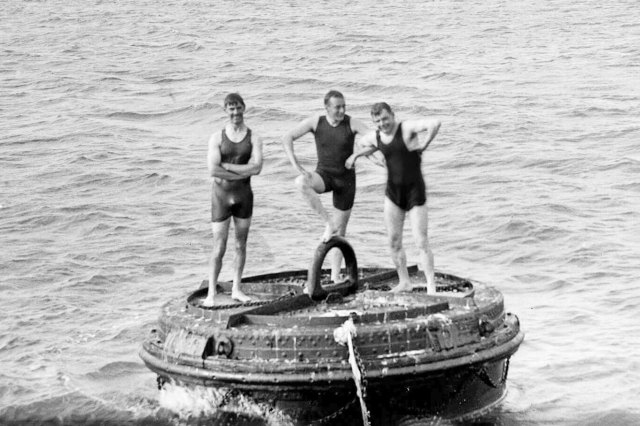6 Surprising Etiquette Rules From the Past
The concept of etiquette dates back to Europe during the medieval era, when rules and social conventions first gained prominence. During the Renaissance, expectations of behavior at royal and noble courts were outlined in courtesy books, or books of manners. In the 19th century, etiquette manuals continued to flourish in Europe and the United States, guiding behavior for ladies and gentlemen in both social and professional settings. By the early 20th century, these guidebooks were increasingly popular with both wealthy and middle-class women in the U.S., and author Emily Post became the definitive expert with the publication of her first book of etiquette in 1922.
Today, the rules of behavior observed by previous generations might seem old-fashioned and strange, and certainly there are some social conventions better left in the past, as they reflect the inequality and biases of bygone eras. But etiquette itself isn’t inherently outdated. While specific customs may evolve, the underlying principles of courtesy, respect, and consideration for others remain as relevant today as they were a century or two ago. With that in mind, here are some of the most unusual and surprising etiquette rules from decades past.





